“It’s definitely possible,” Russinovich says. “It’s a new Microsoft.”
Russinovich is sitting in front of several hundred people who spend their days running thousands of computers. He helped build Windows, and he carries one of the most respected titles at the world’s largest software company: Microsoft Technical Fellow. But here, on stage at a conference in Silicon Valley, he’s perched in front of an audience whose relationship with Microsoft is, at best, complicated.
So many Microsoft customers now rely on open source code. That means Microsoft must embrace it too.
The conference is called ChefConf. Chef is a tool that helps tech geeks setup and operate the many machines needed to drive a website, smartphone app, or some other piece of business software. It’s an open source tool, which means it’s typically used alongside other open source software. When Russinovich asks how many in the audience use nothing but Windows to run their machines, one guy raises his hand—one guy out of several hundred. Mostly, they run the open source Linux operating system.
But this is what Russinovich expects. “That’s the reality we live in today,” he says. The tech world has changed in enormous ways. So many companies—so many Microsoft customers—are now relying on open source code. And that means Microsoft must embrace it too. As Russinovich points out, the company now allows Linux on its Azure cloud computing service, a way of renting computers over the internet, and today, Linux is running on at least 20 percent of those computers.
It’s quite a change for Microsoft, so long the bete noir of the open source community. But as Russinovich explains, it’s a necessary change. And given how popular Linux has become, Microsoft could go even further, not only allowing open source software on its cloud services, but actually turning Windows into open source software. “Every conversation you can imagine about what should we do with our software—open versus not-open versus services—has happened,” he says.



 Your new post is loading...
Your new post is loading...

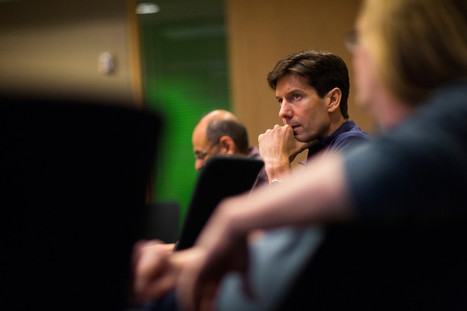

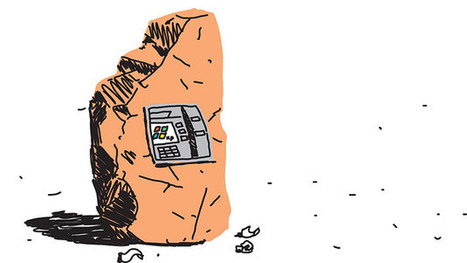
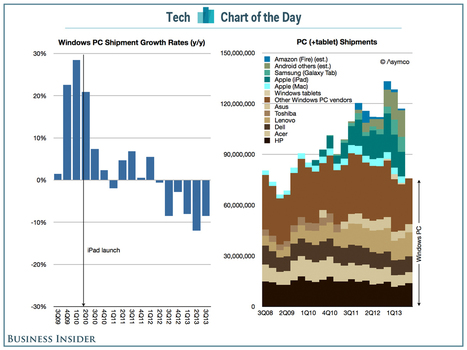
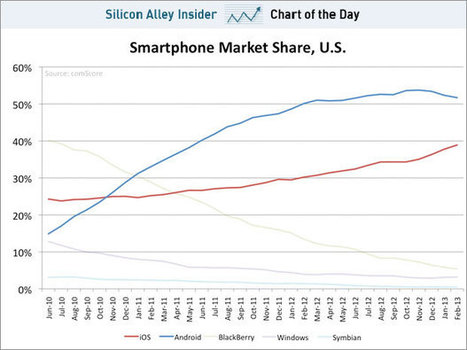
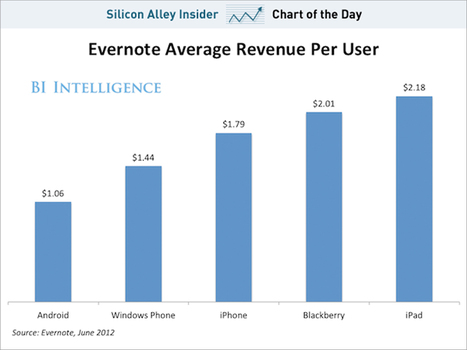

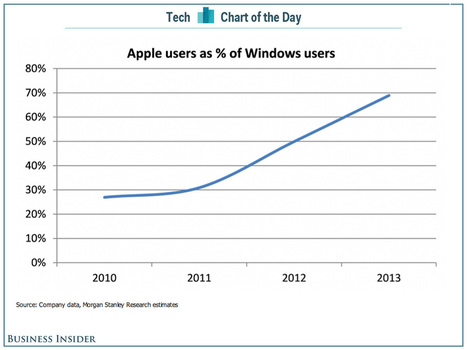
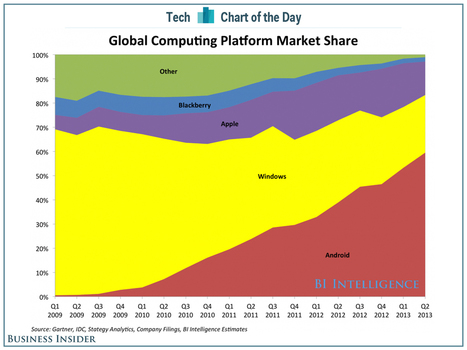
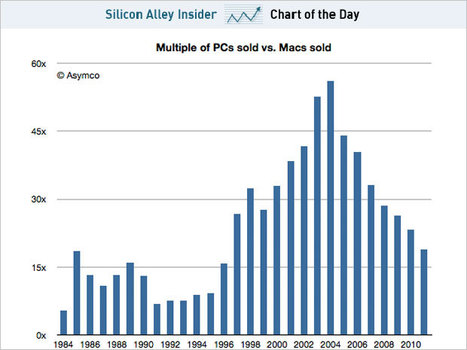






Fascinating yet not totally unexpected : internet history litterate people will have noted that such move is rooted in this millenium's early years, with Microsoft's huge effort on XML that encompassed opening the file formats of its then "real" OS (as per Jean-Louis Gassee's analysis), namely Office. Opening Word, Excel and Powerpoint file formats enabled the openOffice movement, as well as Apple's rescue... which would later launch the iWork suite (Keynote, Pages, Numbers) on OSX then iOS.